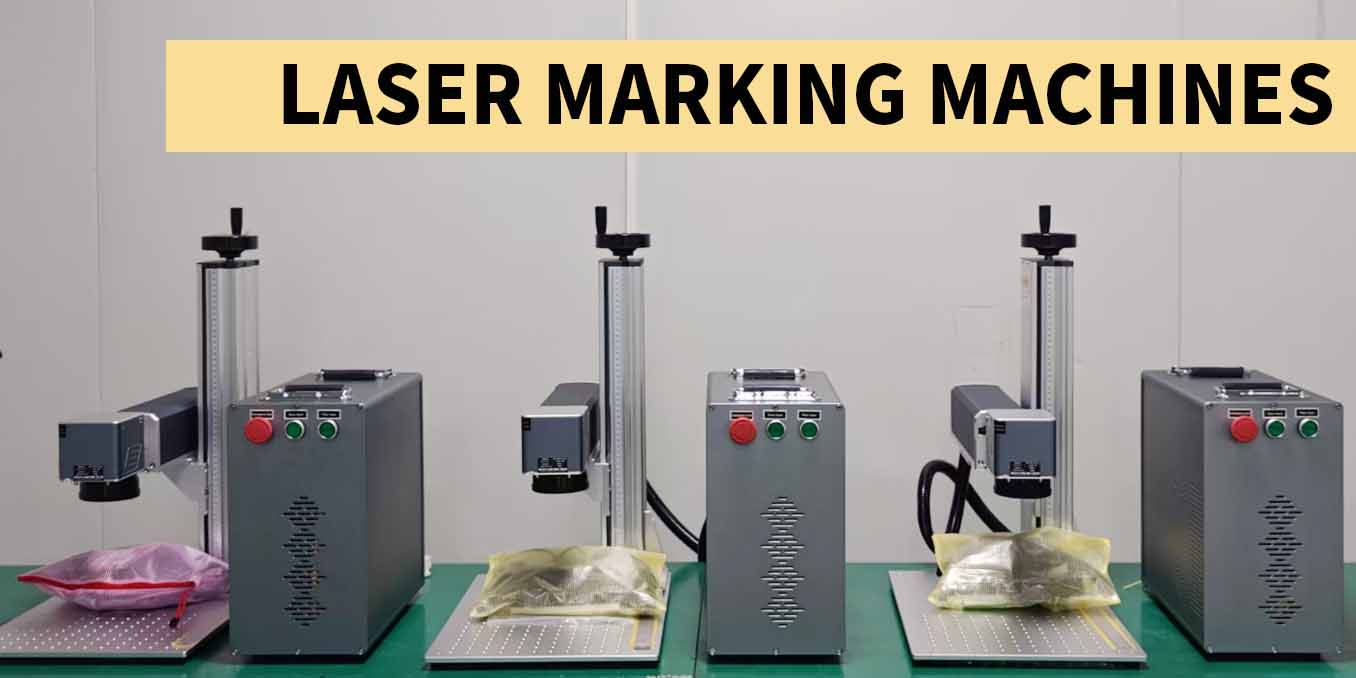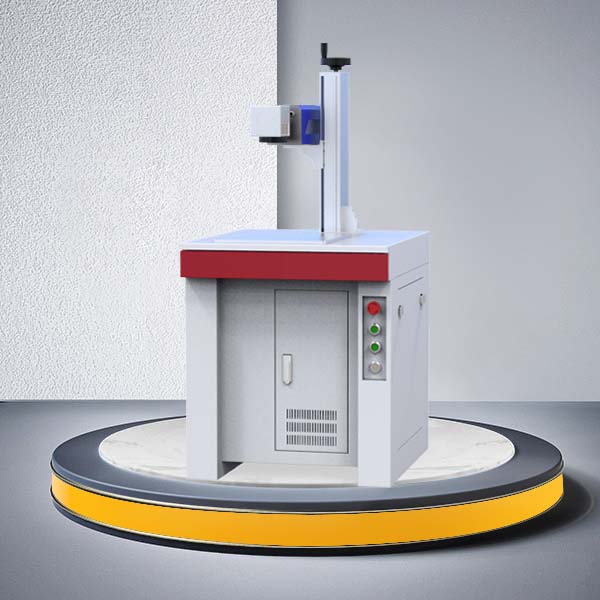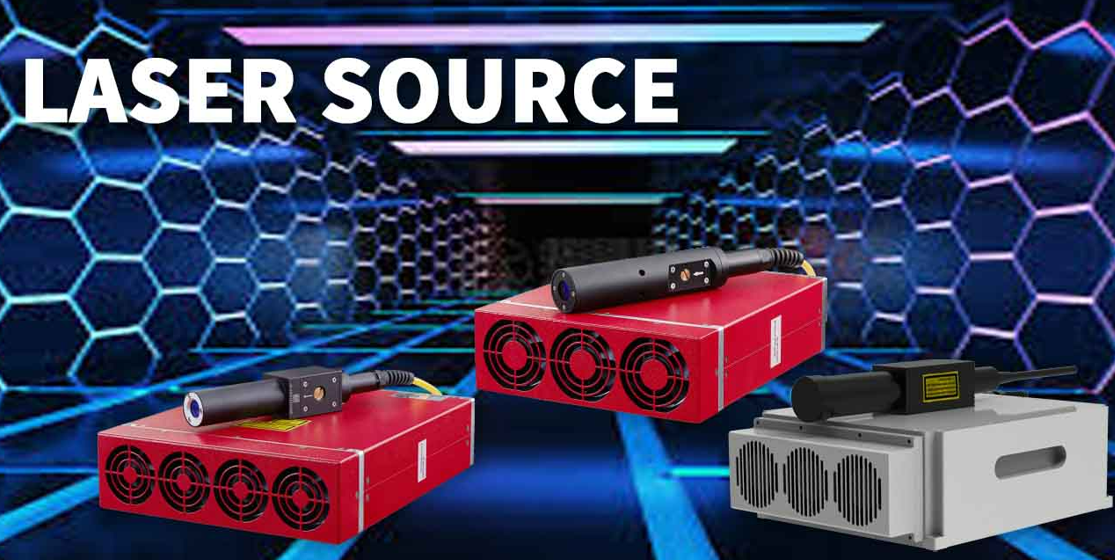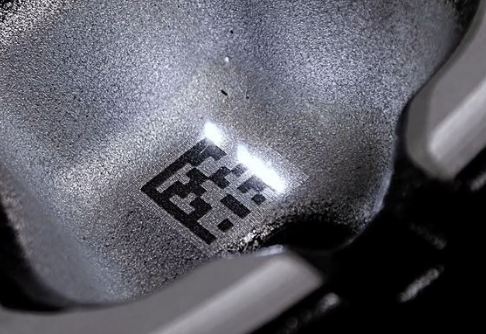
01. Technical Principles
Extremely Small Focused Spot:
Laser marking machines use optical focusing systems to concentrate the laser beam into an extremely small spot size. For example, in fiber laser marking machines, the beam diameter can reach the micron level. This allows for extremely fine lines and intricate patterns to be engraved on the material surface with exceptional precision.
Precise Energy Control:
Modern laser marking systems can precisely control the laser’s energy output, achieving accurate material removal or modification. For instance, when marking metal surfaces, each laser pulse’s energy can be finely adjusted to ensure that the melting and vaporization of the material surface reach the desired level, resulting in clear and delicate markings.
Precision Performance of Different Types of Laser Marking Machines
UV Laser Marking Machine
UV laser marking machines utilize a 355 nm ultraviolet laser, produced through intracavity frequency tripling technology. Compared with infrared lasers, UV light has a much shorter wavelength, allowing for easier focusing, higher energy density, and superior resolution. This significantly reduces thermal effects on the material, making UV laser marking ideal for ultra-fine marking and engraving applications.
UV laser marking machines, characterized by low power and high precision, are particularly suited for ultra-fine processing in high-end electronic products. They are widely used for marking product logos on chargers, cables, mobile phone accessories, computer components, food packaging, PVC pipes, and pharmaceutical packaging materials (HDPE, PO, PP, etc.).
They can drill micro-holes (hole diameter d ≤ 10 μm), mark on flexible PCB boards, remove coatings from metals or non-metals, process micro-holes and blind holes on silicon wafers, perform wafer dicing, and mark on flame-retardant and other plastic materials.
Fiber Laser Marking Machine

High electro-optical conversion efficiency, compact structure, excellent beam quality, and stable performance.
The beam quality is superior to traditional solid-state laser marking machines, featuring fundamental mode (TEM00) output. The focused spot diameter can reach 10 μm, and the beam divergence angle is one-fourth that of diode-pumped lasers, making it especially suitable for precision and fine marking.
High processing speed: up to 2–5 times faster than traditional laser marking machines.
CO₂ Laser Marking Machine

A CO₂ laser marking machine uses CO₂ gas as the working medium. The CO₂ and auxiliary gases are filled into a discharge tube, and a high voltage is applied to the electrodes. The gas is ionized and emits laser light with a wavelength of 9.3 μm–10.64 μm.
After amplification, the laser beam passes through a galvanometer scanning system and an F-Theta lens for focusing, allowing it to engrave graphics, text, serial numbers, and lines on workpieces as required.
Summary
Modern laser marking machines—whether UV, fiber, or CO₂—have achieved remarkable precision through technological advancements in optical systems, beam quality, and energy control.
They can now produce micro-scale markings that are clear, durable, and suitable for both metal and non-metal materials, meeting the increasingly stringent demands of industries such as electronics, medical devices, packaging, and micro-manufacturing.







